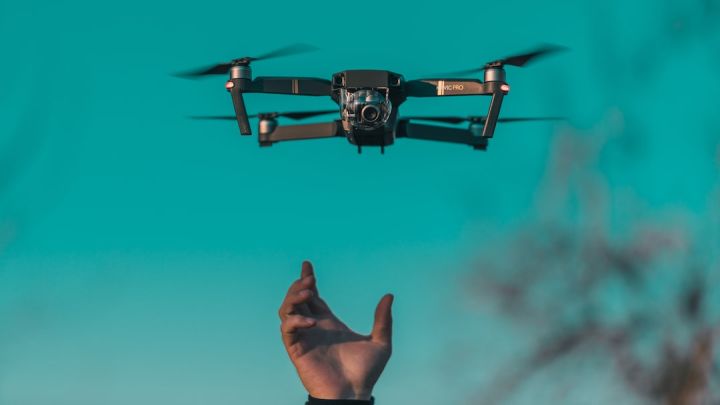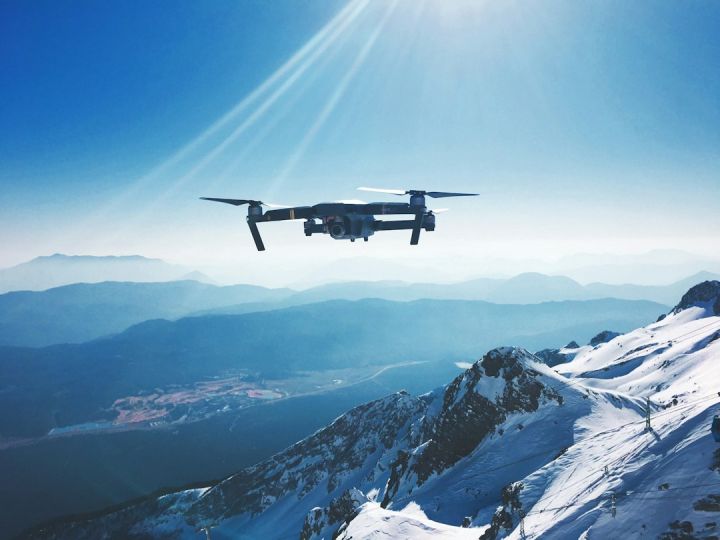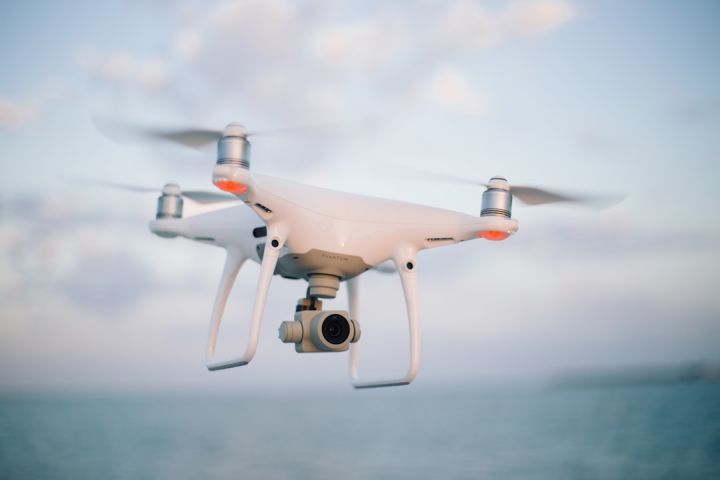How Are Regulations Shaping the Future of Drone Flights?
The use of drones has skyrocketed in recent years, with applications ranging from aerial photography to package delivery. However, the rapid growth of this technology has raised concerns over safety, privacy, and security. As a result, governments around the world have implemented regulations to ensure responsible drone use. These regulations are shaping the future of drone flights in significant ways.
Ensuring Safety in the Skies
One of the primary goals of drone regulations is to ensure safety in the skies. Drones share airspace with manned aircraft, and collisions can have disastrous consequences. To address this issue, regulators have established rules regarding operating altitudes, flight paths, and communication protocols. For example, many countries require drones to fly below a certain altitude and maintain a safe distance from airports and other sensitive areas. These regulations help prevent accidents and minimize the risk to both drones and manned aircraft.
Protecting Privacy and Security
Another important aspect of drone regulations is protecting privacy and security. Drones equipped with cameras can capture images and videos of people and private property without consent. To address these concerns, regulations often include provisions for obtaining permission before conducting aerial surveillance or photography. Additionally, some countries have established no-fly zones to protect sensitive locations such as government buildings and military installations. These regulations strike a balance between allowing the benefits of drone technology while respecting privacy rights and safeguarding national security.
Promoting Responsible Use
Regulations also aim to promote responsible use of drones. This includes requirements for registration and certification, as well as restrictions on reckless behavior. Many countries have introduced mandatory registration systems to ensure that drone owners are accountable for their actions. Additionally, regulations may prohibit activities such as flying drones near crowds or interfering with emergency services. By promoting responsible use, regulations help mitigate risks and foster a positive public perception of drones.
Facilitating Innovation and Commercial Use
While regulations impose certain restrictions, they also provide a framework for innovation and commercial use of drones. Regulators understand the potential economic benefits of drone technology and are keen to support its growth. For example, some countries have established specialized licensing programs for commercial drone operators, enabling them to provide services such as aerial surveys, inspections, and deliveries. By streamlining the regulatory process for commercial use, regulators are encouraging businesses to explore new applications for drones.
Challenges and Future Developments
Despite the progress made in regulating drone flights, challenges remain. The dynamic nature of technology means that regulations must continually adapt to keep up with advancements. For example, the rise of autonomous drones presents new challenges in terms of safety and accountability. Regulators are actively working on developing standards and guidelines for the operation of autonomous drones. Additionally, the increasing popularity of recreational drones raises concerns over enforcement and compliance. Striking a balance between safety and innovation will continue to be a challenge in the future.
Conclusion
Regulations are playing a crucial role in shaping the future of drone flights. By ensuring safety, protecting privacy and security, promoting responsible use, and facilitating innovation, regulations provide a framework for the responsible and beneficial use of drones. While challenges remain, regulators are actively working to adapt regulations to keep pace with technological advancements. As drones become more integrated into our daily lives, regulations will continue to evolve, ensuring a safe and responsible future for this transformative technology.







